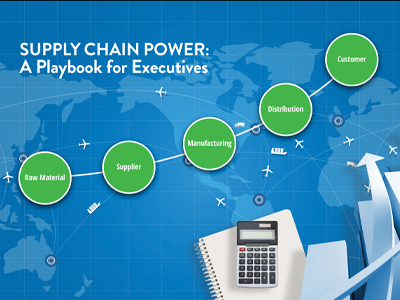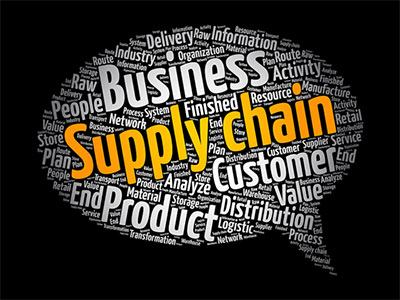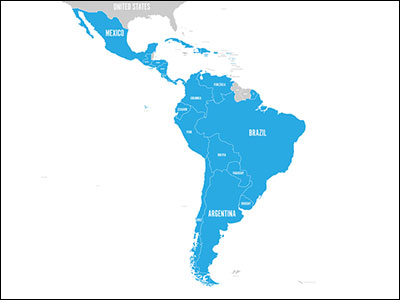Trade Agreements, Impacts & Strategies for Success
In this Supply Chain Byte, Lisa Anderson, president of LMA Consulting Group, breaks down how evolving trade dynamics are influencing companies. Whether you're navigating new tariffs or evaluating the opportunities, this quick Byte will help you prepare for what's next.











